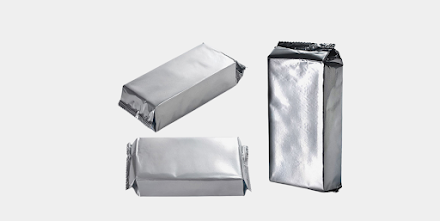How Flexible Packaging Promotes Eco-Friendly Packaging of Snacks
With environmental degradation becoming a cause of concern globally, several brands are moving towards more sustainable practices across all levels of production. In recent years, flexible packaging has slowly gained popularity as an environment-friendly alternative to other types of packaging materials, especially when it comes to snack foods. But is it really a sustainable option? Read on to find out.
The Environmental Benefits of Flexible Packaging
Flexible packaging is much more eco-friendly compared to other types of packaging materials. Here is how using flexible packaging for snacks positively impacts the environment.
Less Energy Consumption
Flexible packaging materials require less energy during the manufacturing process compared to other standard packaging materials. Moreover, these lightweight materials are usually shipped either as a roll or in a completely flat manner, which allows more material to be accommodated on each vehicle. As a result, the number of vehicles required for transportation is lesser, leading to lower fuel consumption.
Requires Fewer Resources
Flexible packaging can be used to pack a significantly greater amount of products than the same quantity of other standard packaging materials like PET or glass. But, compared to the other materials, the production of flexible packaging materials uses far fewer natural resources like water, fossil fuels, etc.
Waste Reduction
Flexible packaging is highly popular among businesses due to its higher product to package ratio. This makes its use highly profitable as well as sustainable. Moreover, due to lesser consumption of resources even at the production level, the amount of wastage is reduced overall.
Packaging made of flexible materials also helps in extending the shelf life of food products. Along with reducing the amount of litter ending up in landfills, it also leads to increased savings for the consumers. Some of these packages are even designed to be reusable (zip-lock pouches, for example), which lowers wastage further.
And last but not least, flexible packaging materials constitute a very low percentage of landfill waste, simply due to the tiny amount of space they occupy.
Lower Emission of Greenhouse Gases
Flexible packaging materials have a lower carbon footprint. In other words, the amount of carbon dioxide and other greenhouse gases emitted during their full life cycle is significantly lower than most other types of packing materials. Their light weight and low storage space requirements ensure that they can be transported in lesser vehicles, reducing CO2 emissions from the burning of fuels.
At Solos Polymers, we create high-quality packaging that fits perfectly with our customer’s needs. Our flexible packaging solutions are expertly designed to preserve the freshness of the products, while also enhancing the visual appeal to make them more attractive for the end consumers. Reach out to us for creating the perfect flexible packaging for your business.



Comments
Post a Comment